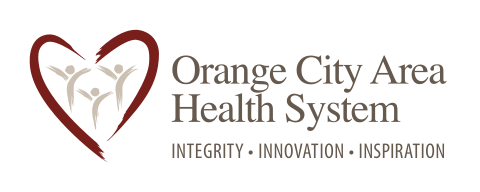-by Alan Laird, MD, Chief Medical Officer and Family Physician
I don’t know about you, but I feel we could use some good news. And while the words “breast cancer” usually are not good news, there is some good news about breast cancer. The diagnosis of breast cancer today is more likely than not, to be a disease you survive. Consider the follow improvements found in one study from the University of Texas MD Anderson Cancer Center:
• Women diagnosed with breast cancer that had not spread beyond the breast had a 10 year survival rate of 55% from 1944 to 1954. For 1995 to 2004 it was 86.1%.
• Women with breast cancer that had spread to nearby skin or lymph nodes had a 10 year survival rate of 16.2% for 1944–1954. For 1995–2004 it was 74.1%.
• Women diagnosed with breast cancer that spread to other parts of the body far away from the breast had a 10 year survival rate for 1944–1954 of 3.3%. For 1995–2004 it was 22.2%.
Today, studies indicate the following statistics for five-year survival of breast cancer: Stage 0 – 100%, Stage 1 – 100%, Stage 2 – 93%, Stage 3 – 72%, Stage 4 – 22%. Of course there are other factors beyond just the stage of the cancer that can affect the odds for each person. But overall, breast cancer has become a treatable and survivable disease.
As you can see from the above studies, when we detect the breast cancer is very important. Catching the cancer while it is still in the breast and has not spread anywhere provides the best opportunity for long-term survival and cure. The best way to do this is to be screened for breast cancer. The most common screening is mammography.
There are many different recommendations out there regarding when to start and how often to have a mammogram. Much of those depend upon your age, family history, childbirth history, hormone history, as well as other factors. There are multiple organizations that have weighed in with their recommendations. These include the American Cancer Society, the American Congress of Obstetricians and Gynecologists, the US Preventative Services Task Force and the American College of Radiology. All of these groups have minor differences for various reasons.
Mammogram is not the only way to screen for breast cancer. One of the ways to measure a medical screening test is by how sensitive it is. Sensitivity is how often the test is positive in a person with the disease. Put another way, sensitivity helps to rule out the presence of a disease. Sensitivity of a breast self-exam (the person examines their own breasts) is 12% – 41%. For a clinical breast exam (a trained health professional examines the breasts), the sensitivity is 40% – 69%. Mammogram sensitivity is 77% to 95%. Clearly, you are less likely to have breast cancer with a negative mammogram than a self or clinical breast exam. Other technologies like MRI are too new or require specialty training not readily available. They may have a roll in special cases (high risk cases or very dense breasts), but are not ready for general population screening.
So what should you do?
First of all, if you notice a lump in your breast, call your healthcare provider. This includes men. Although breast cancer in men is rare and less than 1% of breast cancers, men can still get this disease. Secondly, have the conversation with your trusted health care provider about breast cancer screening and if you should have mammography. If there is a breast cancer in your future (and of course we pray there is not), catching it early provides the best opportunity for survival and cure. Ignoring it won’t keep it from developing or from spreading. Just like my mom used to tell me, “Ignoring it may work… for a while.”
Make the best choice for you, and get the advice you need to do that.
If there is a breast cancer in your future (and of course we pray there is not), catching it early provides the best opportunity for survival and cure. Ignoring it won’t keep it from developing or from spreading. Just like my mom used to tell me, “Ignoring it may work… for a while.”
